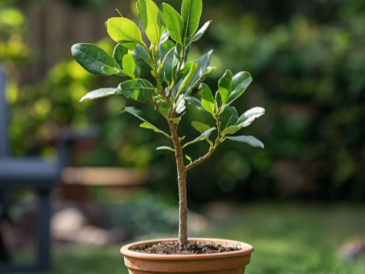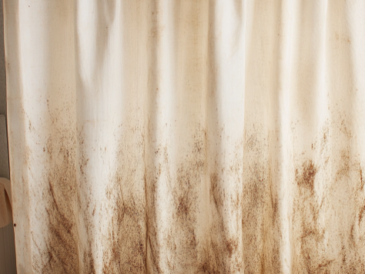🚗💨 Enhance Your Driving Experience with a Simple Hack
In the quest for maintaining a comfortable and well-functioning vehicle, drivers often overlook simple yet effective solutions. One such trick is placing a glass of salt in your car. It may sound unconventional, but this cost-effective hack can significantly reduce humidity inside your vehicle. Excess moisture can lead to foggy windows, musty odors, and even mold growth. In this article, we’ll dive deep into why this trick is a must-try for every car owner and how it can drastically improve your driving experience.
🚨 The Problem: Humidity in Your Car
Humidity inside a car isn’t just an annoyance—it’s a serious issue. It can cause several problems, including:
- Foggy windows that impair visibility and make driving dangerous.
- Unpleasant musty odors that make your car uncomfortable.
- Mold and mildew growth, which can trigger allergies and respiratory issues.
- Damage to upholstery and electronic components due to prolonged moisture exposure.
🚦 Moisture inside your car is often caused by wet weather, leaks, or passengers bringing in dampness. Addressing this issue is crucial for a safer, healthier, and more pleasant ride.
🧂 How Salt Works as a Natural Dehumidifier
Salt is hygroscopic, meaning it absorbs moisture from the air. This property makes it an excellent natural dehumidifier. When placed inside a car, salt helps reduce humidity by drawing excess moisture from the air, preventing the issues associated with high humidity levels.
Why Choose Salt Over Chemical Dehumidifiers?
✅ Non-toxic and eco-friendly
✅ Affordable and easily accessible
✅ Safe for your car’s interior
✅ Requires minimal maintenance
Unlike store-bought chemical dehumidifiers, which can contain artificial agents and require disposal, salt is a natural and reusable solution that won’t introduce harmful chemicals into your vehicle.
🏁 Step-by-Step Guide to Using Salt in Your Car
Implementing this trick is simple and effective. Follow these easy steps:
1️⃣ Find a clean, dry glass or cup.
2️⃣ Fill it with approximately one cup of salt. Coarse salt or rock salt works best.
3️⃣ Place the glass in a stable spot in your car, such as a cup holder or under the seat.
4️⃣ Monitor the salt regularly and replace it when it becomes damp (every few weeks, depending on humidity levels).
🚀 Bonus Tip: Placing salt in a breathable container, such as a small cloth bag, can also help distribute its moisture-absorbing properties more evenly.
🔥 Benefits of Reducing Humidity in Your Car
By using salt as a natural dehumidifier, you unlock several advantages:
- Clearer Windows: Reduces fogging, improving visibility and road safety.
- Odor Prevention: Keeps your car smelling fresh by reducing dampness.
- Mold & Mildew Control: Prevents fungal growth that can trigger allergies.
- Interior Protection: Helps preserve upholstery, carpets, and electronic components.
- Improved Comfort: A drier environment makes for a more pleasant driving experience.
🚗 Driving in a fresh, moisture-free car is more enjoyable and ensures longevity for your vehicle’s interior!
💡 Extra Tips to Keep Your Car Dry
While salt is a fantastic hack, here are additional ways to maintain a moisture-free car interior:
- ✅ Check for leaks: Inspect door seals, windows, and sunroofs to prevent water from entering.
- ✅ Use moisture-absorbing mats: These can help absorb dampness from shoes and clothing.
- ✅ Park in a dry area: Whenever possible, park in a garage or covered space.
- ✅ Regularly air out your car: Leave windows slightly open (when safe) to allow ventilation.
- ✅ Use silica gel packets: Placing these in storage compartments can help absorb residual moisture.
❌ Common Misconceptions About Using Salt in Cars
🔍 Some drivers worry about using salt in their car due to potential corrosion risks. However, when used correctly, the salt remains contained within the glass and does not come into direct contact with metal parts. The key is to ensure that the salt is securely placed and replaced when it becomes too damp to prevent any spillage.
⚠️ Remember: This method helps control humidity but is not a substitute for fixing leaks or other major moisture sources!




